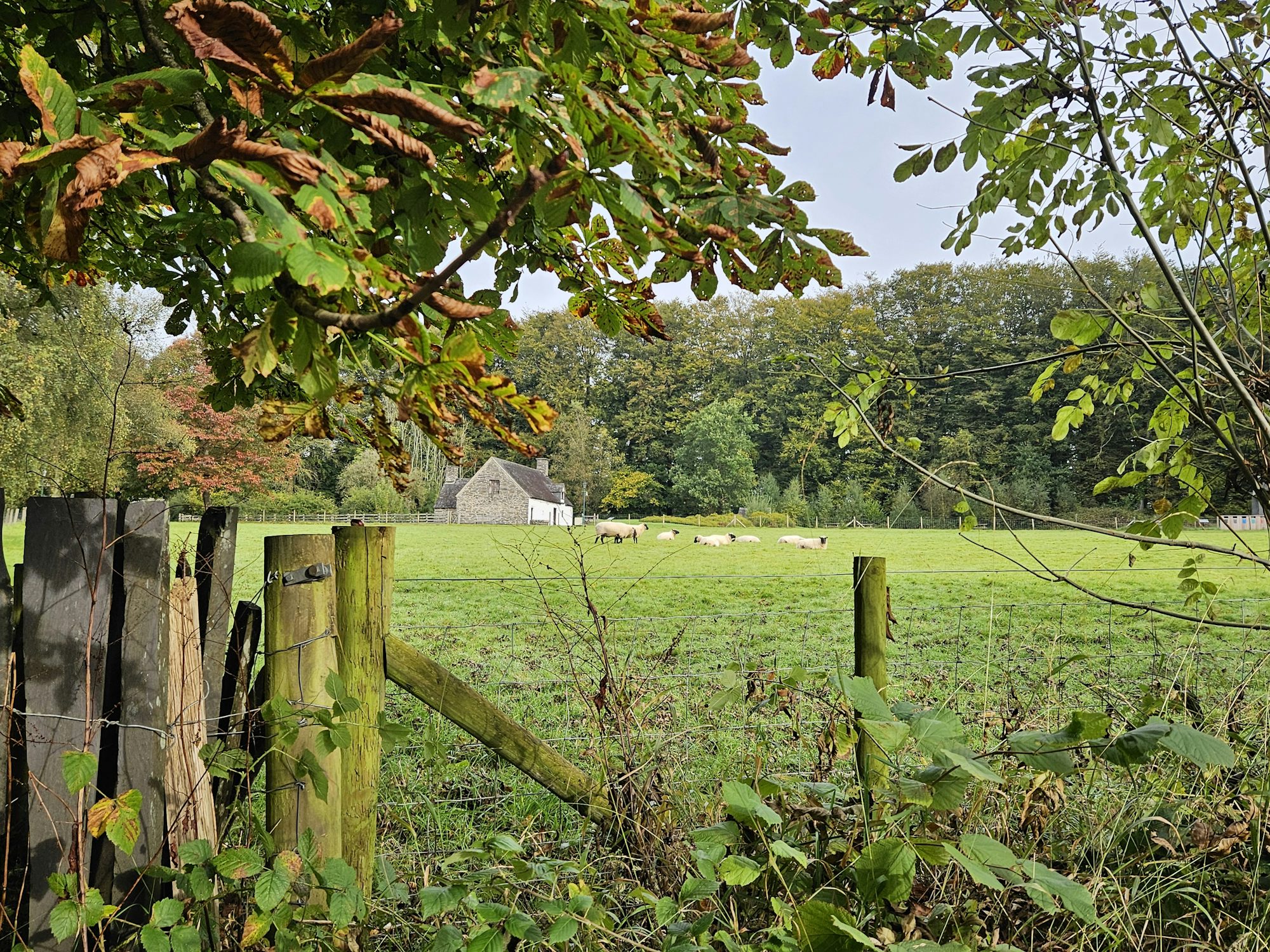
The Enchantment of Natural History Museums
This article explores the significance of natural history vacation museums in educating the public about the natural world, showcasing their diverse exhibits, educational programs, and the role they play in conservation.One of the primary attractions of natural history museums is their extensive collections, which often feature specimens that span millions of years. For instance, the American Museum of Natural History in New York City boasts an impressive array of exhibits, from dinosaur skeletons to stunning displays of gemstones and minerals. Visitors can wander through the Hall of Saurischian Dinosaurs, marveling at the enormous Tyrannosaurus rex and exploring the evolution of these ancient creatures. Such exhibits not only highlight the grandeur of natural history but also provide an opportunity to learn about the scientific processes that shape our understanding of the Earth.
Similarly, the Smithsonian National Museum of Natural History in Washington, D.C., houses millions of specimens, including fossils, artifacts, and biological specimens from around the world. Its exhibits, such as the Hope Diamond and the Hall of Human Origins, offer insights into both the natural world and the evolution of humanity. These collections allow visitors to appreciate the intricate connections between different life forms and the environments in which they exist.
In addition to their permanent collections, natural history museums often host temporary exhibitions that delve into specific topics or themes. These rotating exhibits keep the content fresh and relevant, offering visitors new opportunities to learn. For example, an exhibition might explore the impact of climate change on ecosystems, featuring interactive displays that encourage visitors to consider their role in conservation efforts. Such exhibitions not only inform but also inspire action, fostering a sense of responsibility toward the environment.
Education is a cornerstone of natural history museums, and many institutions offer a range of programs designed to engage visitors of all ages. Guided tours, workshops, and hands-on activities provide opportunities for deeper learning, allowing visitors to connect with the material in meaningful ways. These educational initiatives foster a sense of community, encouraging visitors to share their thoughts and experiences while exploring the exhibits together. By facilitating discussions about science and nature, museums create an environment where curiosity can thrive.
Moreover, natural history museums are increasingly embracing technology to enhance visitor engagement. Interactive displays, augmented reality experiences, and mobile applications provide innovative ways for audiences to interact with the exhibits. For example, a mobile app might offer additional information about a particular species or fossil, deepening the visitor's understanding of the subject matter. This integration of technology not only enhances the museum experience but also makes it more accessible to a broader audience.
The role of natural history museums extends beyond individual learning experiences; they also play a crucial part in promoting conservation and sustainability. Many institutions are dedicated to addressing pressing environmental issues through their programming, providing exhibits and programs that explore the importance of protecting biodiversity and ecosystems. For instance, a museum might feature an exhibit on endangered species, highlighting the efforts being made to preserve their habitats and educate the public about the challenges they face. By raising awareness of these critical issues, natural history museums inspire visitors to take action and make informed choices that benefit the environment.
Another important aspect of natural history museums is their commitment to research and conservation. Many institutions are involved in ongoing scientific research, contributing valuable data to the understanding of biodiversity and ecosystem health. They often collaborate with universities, government agencies, and non-profit organizations to conduct research and implement conservation strategies. This commitment to science not only enhances the museum's credibility but also reinforces its role as a leader in environmental stewardship.
Furthermore, natural history museums often focus on inclusivity and diversity in their programming. Many institutions strive to represent a wide range of perspectives, showcasing the contributions of scientists and researchers from various backgrounds. By highlighting diverse narratives, museums enrich the visitor experience and foster a deeper appreciation for the complexity of natural history. This commitment to inclusivity is especially important in today's world, as it ensures that a wide range of voices and experiences are acknowledged and celebrated.
As we look to the future, natural history museums will continue to evolve in response to changing societal needs and advancements in scientific understanding. By embracing innovation, promoting inclusivity, and addressing contemporary environmental issues, these institutions will remain relevant and impactful in our rapidly changing world. Through their dedication to education, community engagement, and conservation, natural history museums will continue to inspire curiosity and a passion for learning about the natural world.
In conclusion, natural history museums are vital institutions that celebrate the wonders of our planet and educate the public about the interconnectedness of life. Through their diverse collections, engaging exhibits, and commitment to conservation, these museums foster a deeper understanding of the natural world and our place within it. As they continue to adapt and evolve, natural history museums will remain essential spaces for exploration and discovery, inviting visitors to engage with the beauty and complexity of life on Earth.